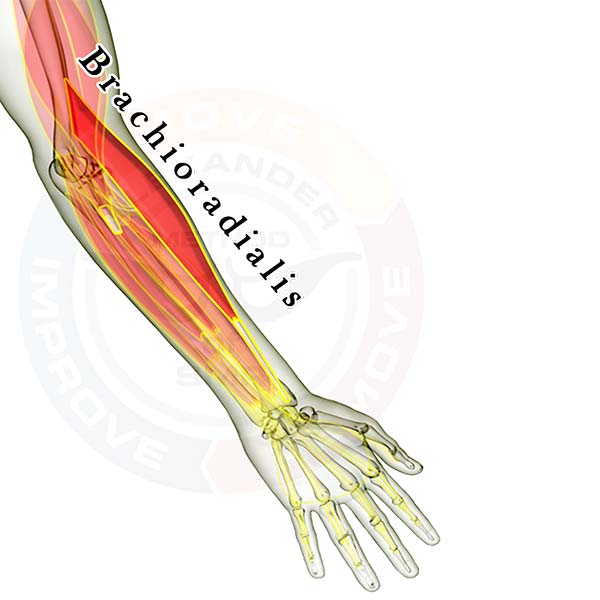
Pictured above is the coracobrachialis muscle. It is a small muscle that pulls your upper arm toward your head & towards your chest at the same time. Typically shoulder pain is caused by one or more of the other muscles that attach to or cross the shoulder joint. Take a good look at the pecs (especially the pec minor) and the rotator cuff muscles if you have shoulder discomfort.
The muscles are layered, showing how some of the muscles are covered by the others. All of the muscles are see-through so that you can appreciate the location and size of each muscle relative to the others.
Click here for a list of all the muscles.
Click here to see the shoulder muscles as a group.
Click your area of interest below. (any inactive links will be active soon)
Muscles that attach to the head or neck & the shoulder blade (scapula).
Muscles that cross the shoulder joint (attach somewhere in the torso and to the upper arm).
Muscles that attach to the shoulder blade (scapula) & the spine or ribs.
- Trapezius
- Levator Scapulae
- Rhomboid Minor
- Rhomboid Major
- Latissimus Dorsi
- Pectoralis Minor
- Serratus Anterior
Muscles that attach to the scapula & the arm
- Deltoids
- Supraspinatus
- Infraspinatus
- Teres Minor
- Subscapularis
- Teres Major
- Triceps (long head)
- Biceps Brachii
- Coracobrachialis
- Latissimus Dorsi
Good luck working out those tight knots.
If you have any questions, please post a comment. We try to respond within 24 hours.
We're here to help you get more out of your training!








